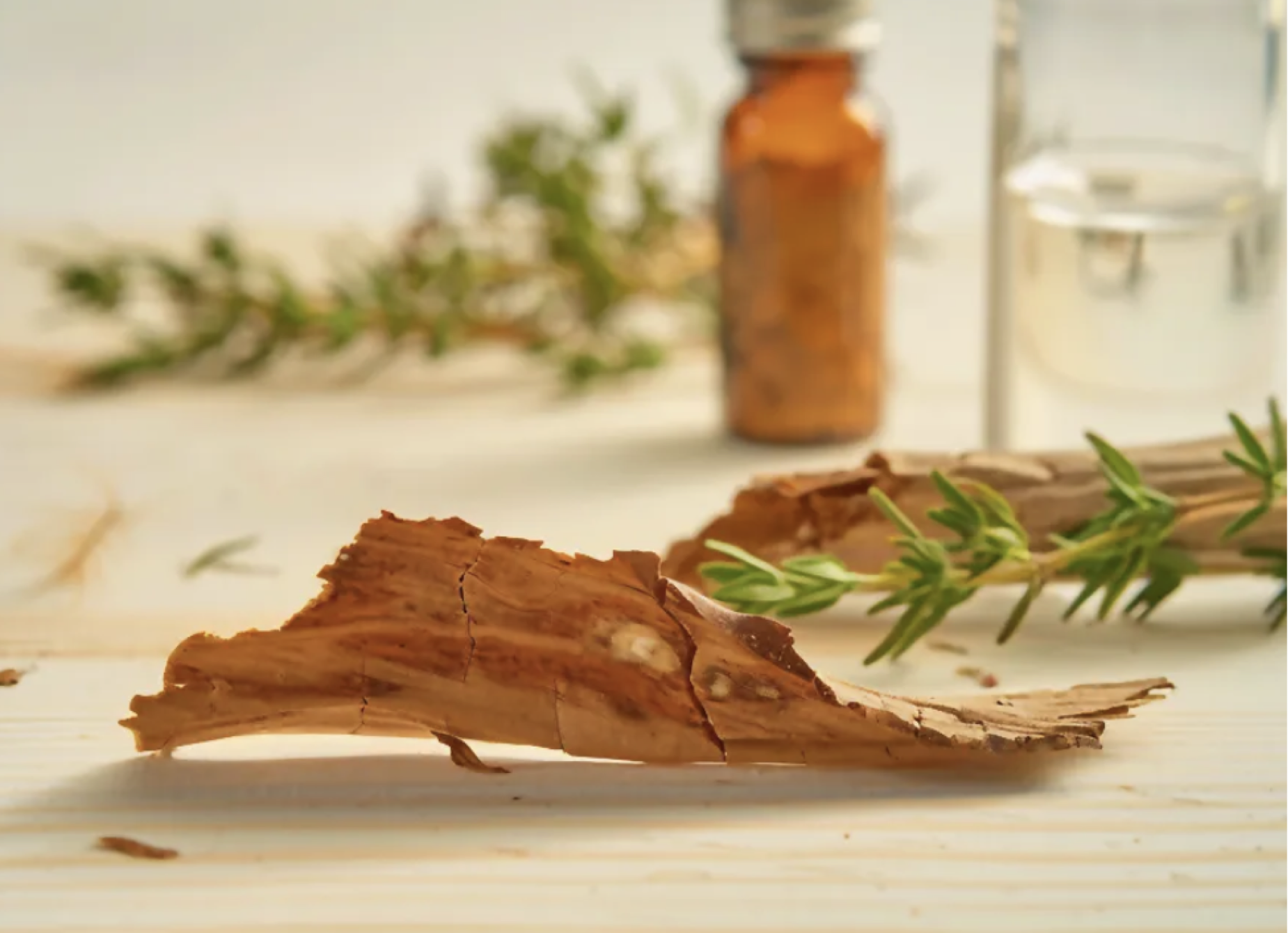Contents:
Common Names | Parts Usually Used | Where Found | Medicinal Properties | Biochemical Information
Uses | Formulas or Dosages | Warning | Resource Links
Scientific Names

- Maytenus laevis
- Maytenus macrocarpa
Common Names
- Chuchuhuasi
- Chuchuasha
- Chuchuaso
Parts Usually Used
The bark, root, and leaves are used to make medicine.
Back to Top
Where Found
Chuchuhuasi is a tree native to the high Amazonian basin. It grows in the subandean region of the Amazonian basin, including Peru, Ecuador, and Colombia. The plant is found specifically in the occidental region of the Peruvian Amazon Rainforest and the Putumayo area of Colombia.
Back to Top
Medicinal Properties
Chuchuhuasi has been attributed with several medicinal properties based on traditional use and limited scientific research. The plant demonstrates anti-inflammatory, analgesic, and antipyretic effects. Some chemicals in chuchuhuasi might slow cancer growth and prevent bacterial and fungal infections. The plant contains chemicals that have antioxidant effects.
Research has shown that the ethanolic extract from chuchuhuasi leaves has anti-inflammatory activity, with studies demonstrating up to 18.1% inhibition of inflammation at certain doses. The plant has also shown pharmacological synergistic interactions when combined with anti-inflammatory medications like prednisone.
Back to Top
Biochemical Information
The active compounds in chuchuhuasi include:
- Phenoldienones (tingenone, 22-hydroxytingenone)
- Catechin (4′-methyl-(-)-epigallocatechin)
- Proanthocyanidins (Ouratea-proanthocyanidins A and B)
These compounds are responsible for the biological activities attributed to the plant extracts and confirm many of the properties claimed by traditional medicine.
Back to Top
Uses
Chuchuhuasi is used for various medicinal purposes, though it should be noted that there is insufficient scientific evidence to rate the effectiveness for most of these uses. Traditional and reported uses include:
Medicinal uses by native Bora-Bora Amazonian populations:
- Severe pain relief
- Postpartum pain management
- Stopping postpartum bleeding
- Antidiarrheal treatment
Uses reported by healers and in traditional medicine:
- Arthritis and joint pain
- Back pain
- Broken bones
- Diarrhea
- Complications after childbirth
- Sexual arousal
- Asthma treatment
- General analgesic purposes
- As a tonic
Topical applications:
- Applied to the skin for skin cancer
Other uses:
- Mystical, magical, and religious purposes during healing sessions
- As a flavoring agent in food
Formulas or Dosages
In research studies, chuchuhuasi extract has been used at doses of 1000 mg/kg and 1500 mg/kg, with the 1000 mg/kg dose proving more effective than the higher dose. However, there is not enough scientific information to determine an appropriate range of doses for human use. The appropriate dose depends on several factors such as the user’s age, health, and other conditions.
Back to Top
Warning
There isn’t enough reliable information to know if chuchuhuasi is safe or what the side effects might be when taken by mouth.
Pregnancy and breast-feeding: There isn’t enough reliable information to know if chuchuhuasi is safe to use when pregnant or breast-feeding. Stay on the safe side and avoid use.
Keep in mind that natural products are not always necessarily safe and dosages can be important. Be sure to follow relevant directions on product labels and consult your pharmacist or physician or other healthcare professional before using.
Due to its potential interactions with anti-inflammatory medications, caution should be exercised when using chuchuhuasi alongside conventional anti-inflammatory drugs.
Back to Top
Resource Links
Sacred Herbs of the Amazon: What Shamans Know That Science is Just Discovering
WebMD – Chuchuhuasi – Uses, Side Effects, and More
